凝聚态物理学PPT
- 格式:ppt
- 大小:1.87 MB
- 文档页数:15
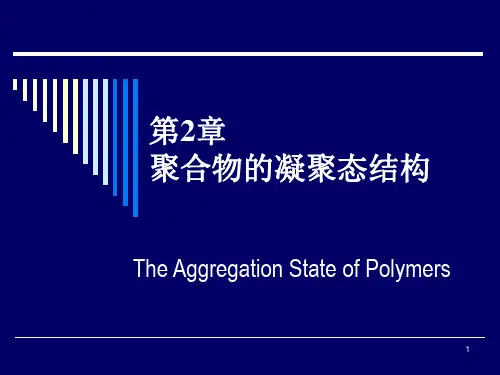
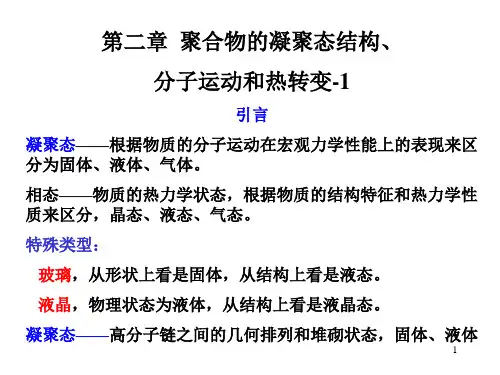
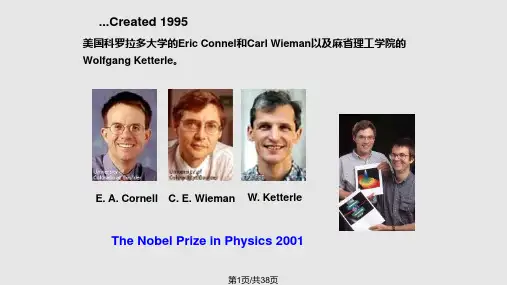
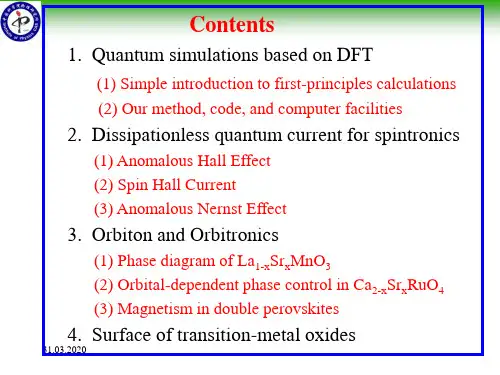

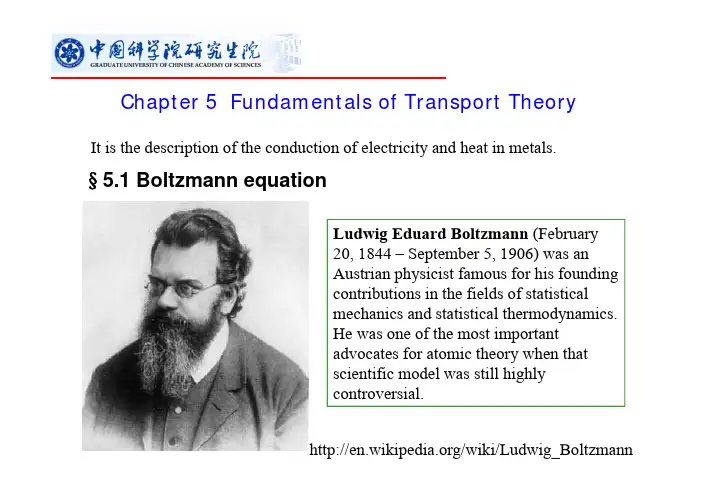
Chapter 5 Fundamentals of Transport TheoryIt is the description of the conduction of electricity and heat in metals.§5.1 Boltzmann equationLudwig Eduard Boltzmann(February20, 1844 –September 5, 1906) was anAustrian physicist famous for his foundingcontributions in the fields of statisticalmechanics and statistical thermodynamics.He was one of the most importantadvocates for atomic theory when thatscientific model was still highlycontroversial./wiki/Ludwig_BoltzmannIn general, the distribution function of electrons is affected by the external magnetic field, the temperature gradient, scatterings by impurities, phonons, defects, other electrons, etc.In a steady state, there is no change in f, and the above equation vanishes.Boltzmann equation.In the presence of an external electric field εand an external magnetic field B,The diffusion term from the temperature gradient isVelocity of an electron wave packet centered at k.Up to now, we do not consider the distribution of phonons. As theelectron and phonon systems are coupled, the distribution function of phonons satisfiesIn most cases, for electron systems the phonon distribution is assumed to be in the thermal equilibrium. So, we shall not consider the above equation.The electric current density isThe heat current Q isenergyIt can be seen that if we get the form of scattering (collision) term, we may put it into the Boltzmann equation (BE), and solve BE to find f(k,r). Then, we can get electric and heat currents.(i)(ii)(i)(ii)This equation is inserted into the BE, and you will find that it is a nonlinear integral equation for the distribution function, which is difficult to solve.Suppose that the external fields and temperature gradients are small. Then we can get a solution of BE.Auxiliary function直接微分即可得到。